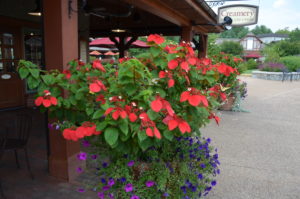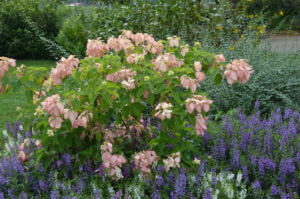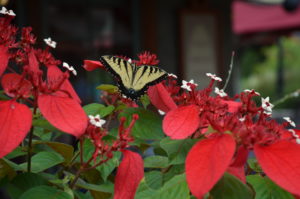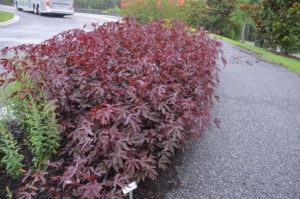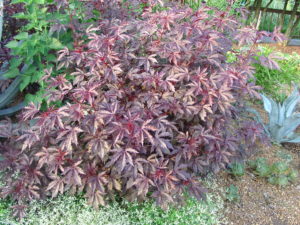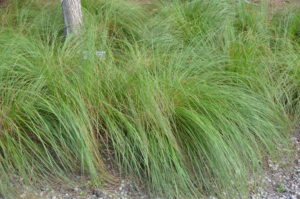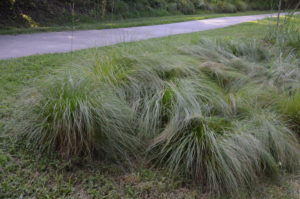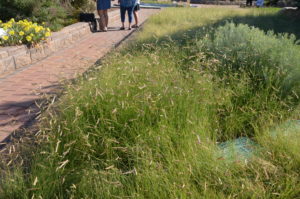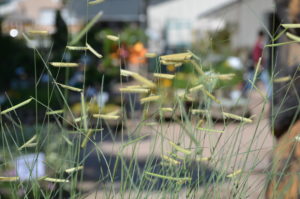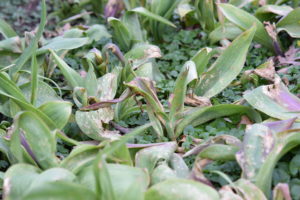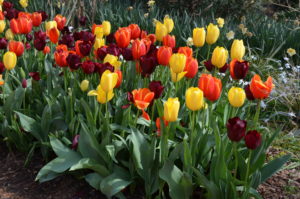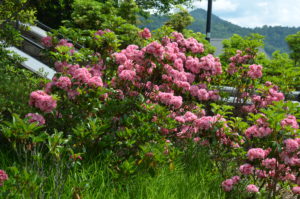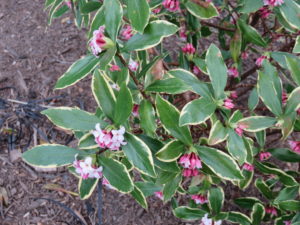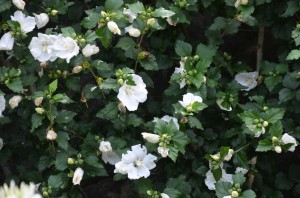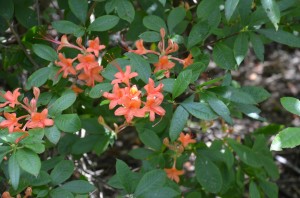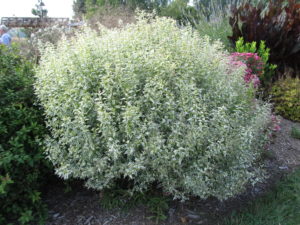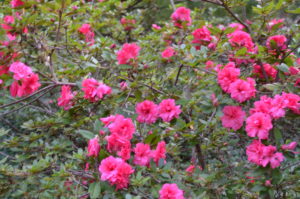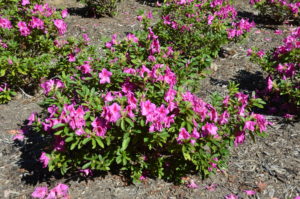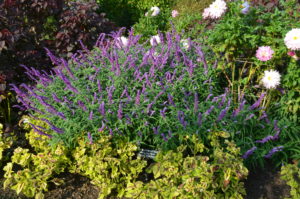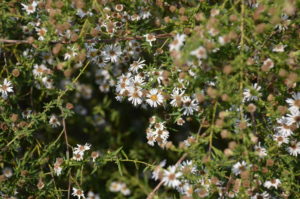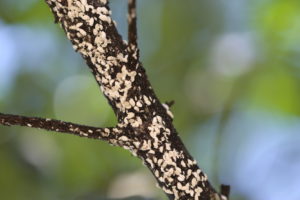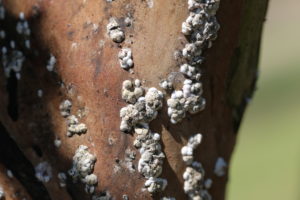Mussaenda (Mussaenda spp.) is a small tropical tree or large shrub. It’s a spectacular bloomer that grows to 10-15 feet tall in tropical zones (USDA zones 10-12). It is sometimes called “tropical dogwood” or “Buddah’s lamp”. In large containers it will reach 1-3 feet tall. Mussaenda blooms from late spring to mid-fall in mild-winter areas. Bloom colors range from yellow, red or creamy white with red, white or pink bracts or sepals surrounding the flowers. The spectacular blooms attract butterflies, bees and birds.
Plant into a well-drained potting mix or humus-rich, mildly acidic soil and keep media moderately moist. Mussaenda grows robustly in direct sunlight, preferably 6 hours or more daily in cool regions of the U.S. Further south (zones 7b -11), expose to morning or late afternoon sun only and keep mostly shaded during the hot midday period for best summer flowering. The plant establishes quickly, within 6 weeks after initial planting. Prime flowering season is from late spring to very early fall (in zones 6 and 7).
Feed with a slow-release fertilizer granules such as Osmocote® or Nutrikote® at package directions. Cuttings should be collected in late summer. Flowering and growth slows down or stops once temps fall into the low 50°Fs. Overwinter in a greenhouse or a sun room. Prune back plant(s) hard before bring it indoors for overwintering. Mussaendas are relatively insect and disease free, although scale, mealybugs and mites are sometimes problems.
Cultivars:
Five different species are in cultivation and along with hybrid cultivars, ranging in height from 2 feet to 15 feet tall.
M. erythrophylla ‘Queen Sirikit’ grows very shrub-like with pale yellow to white flowers with red centers and peach colored bracts. Their pendant flowers often appear floppy ‘flowers’ and in urgent need of water.

